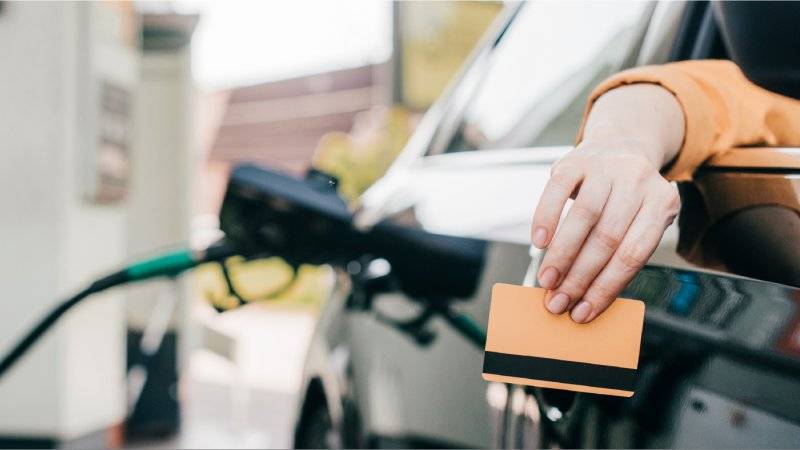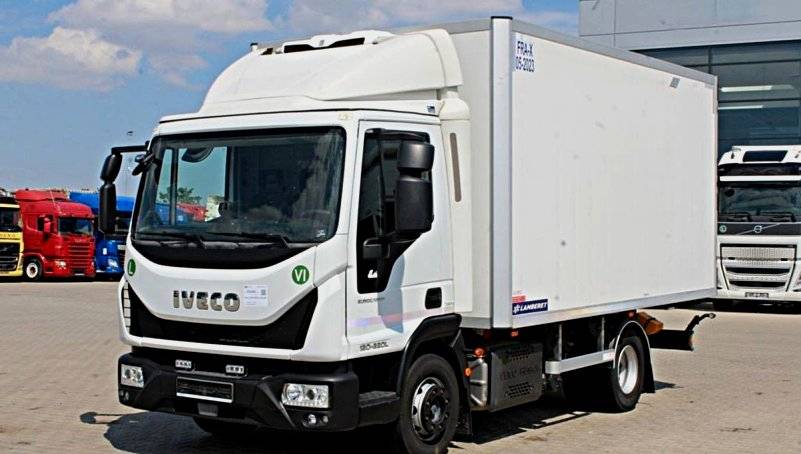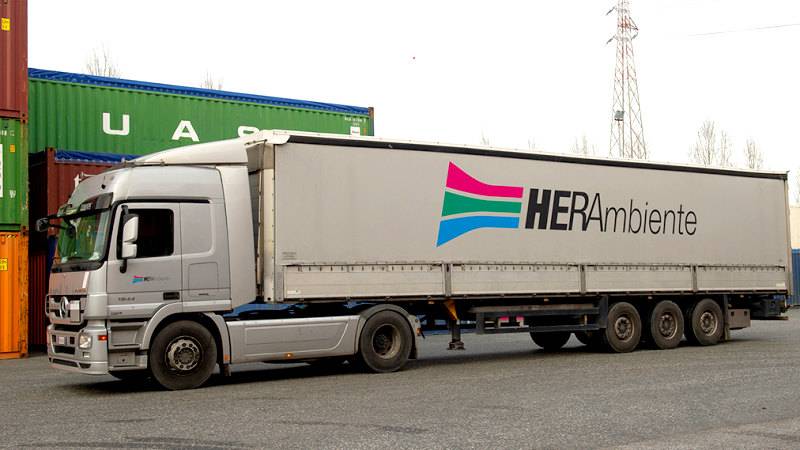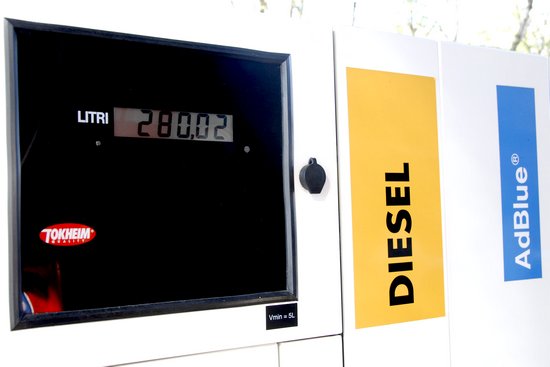On 24 March 2025, the Council and the European Parliament reached a provisional political agreement on the revision of the Driving Licence Directive, marking a key step towards harmonising and modernising the rules governing driving access across the Union. The long-awaited reform, strongly backed by the road transport sector, forms part of the broader EU Road Safety Package, aimed at halving the number of road deaths and serious injuries by 2030 and reducing them to zero by 2050.
Among the main features of the agreement are the introduction of a harmonised digital driving licence across the EU by 2030, the possibility for accompanied driving from the age of 17, broader recognition of driving licences issued by third countries, greater flexibility for operating vehicles powered by alternative fuels, and new road safety measures such as stricter medical checks and more demanding probation periods for novice drivers.
According to the IRU, the agreement reflects many of the professional transport sector's demands and represents “a pragmatic compromise” that can facilitate access to the profession while enhancing road safety. “The driver shortage is a structural challenge: Europe is missing around 500,000 drivers. This is why, in addition to attracting young Europeans, it’s essential to open up to talent from third countries,” said Raluca Marian, IRU Director for the EU.
The introduction of a single digital driving licence, accessible via the European digital identity wallet and valid in all Member States, marks a breakthrough. Citizens will still be able to choose between a paper or digital version, both valid for 15 years for cars and motorbikes (10 years if the licence is also used as an identity document).
To address the driver shortage, the agreement introduces “accompanied driving” from the age of 17, initially for categories B, C1 and C1E. All Member States will be required to offer this option for cars, with the possibility of extending it to vans and lorries. This measure will allow young people to gain practical experience under the supervision of an experienced driver, improving safety and supporting gradual entry into the workforce.
It is also confirmed that, for those who have completed full training, it will be possible to drive heavy vehicles from the age of 18, including for international transport. However, the age limit of 21 and the 50-kilometre restriction still apply to young drivers in passenger transport, a barrier the IRU believes should be lifted to make the profession more appealing.
The agreement also includes measures to enhance road safety. Member States will have to assess driving fitness through a medical examination or certified self-assessment. All new drivers will undergo a mandatory probation period of at least two years, during which stricter rules will apply concerning alcohol and drug consumption.
Among the other significant changes is the possibility for EU citizens living abroad to obtain a licence in their country of citizenship, in cases where their country of residence does not offer tests in an official language of their home state. This aims to support intra-European mobility and reduce bureaucratic barriers that previously hindered access to driving for workers and students abroad.
The recognition of driving licences issued by third countries, provided they meet EU standards, is another important simplification. However, the critical issue of recognising professional qualifications remains unresolved. “Without the equivalence of professional qualification certificates (our CPC), these drivers won’t be able to work in the EU. We hope the next legislative revision will address this gap,” Marian explained.
Holders of a category B licence for at least two years will be allowed to drive vehicles powered by alternative fuels weighing up to 4.25 tonnes. The measure, which also extends the exemption to passenger transport, supports the uptake of more sustainable vehicles, especially for urban delivery services and light public transport.
The provisional agreement will now be subject to formal approval by the Council (Coreper) and the European Parliament, before final adoption. Once the legal and linguistic review is completed, the new rules will officially enter into force.
These measures align with the objectives of the EU Road Safety Action Plan 2021–2030, which aims to halve road fatalities by 2030. In 2023, according to European Commission data, there were 20,400 road deaths in Europe—just 1% fewer than in 2022. Initial estimates for 2024 suggest a further 3% drop, still falling short of the minimum 4.5% annual reduction needed to meet the target.






































































